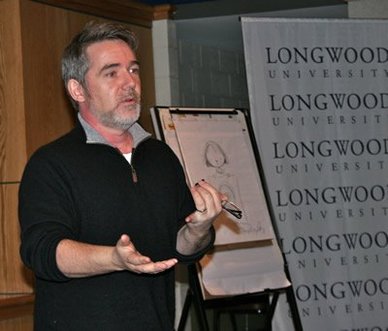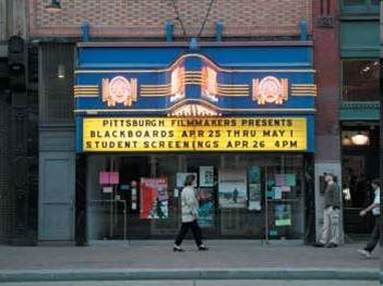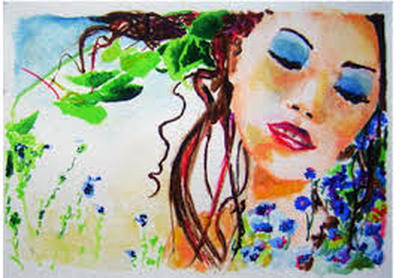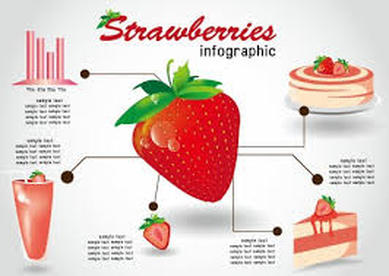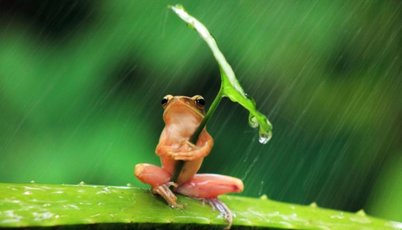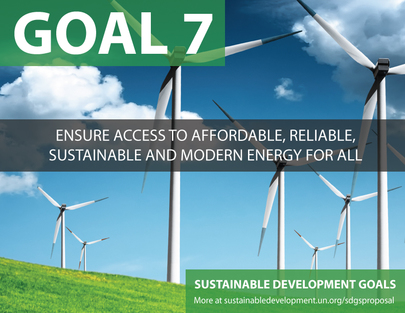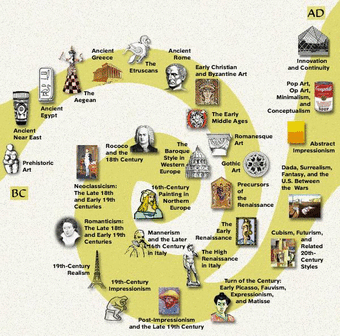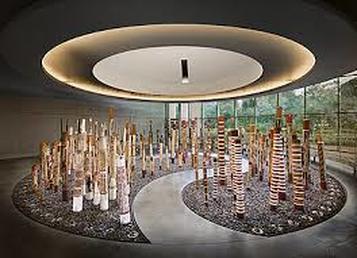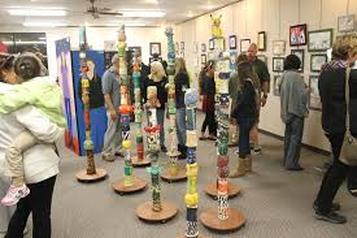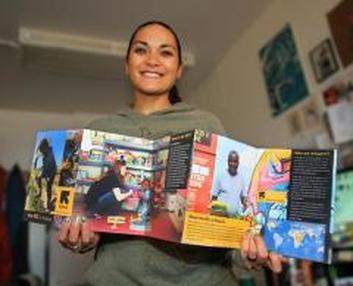Visual Literacy
Visual literacy is a critical skill for “successfully navigating the forest of signs and symbols” of the new millennium. (Douglas Kellner, UCLA).
Visual Literacy can be defined as the ability to understand and produce visual messages. Both teachers and students can benefit by developing their abilities to create, use and evaluate visual resources.Not only do we read printed words, we also must learn how to "read" images.
Visual literacy includes facial expressions, body language, drawing, painting, sculpture, hand signs, street signs, international symbols, photos, layout of pictures and words in a book, clarity of type fonts, computer images, film sequences, critical analysis of advertisements and many other things.
According to Mary Alice White, a researcher at Columbia Teacher’s College,
“Young people learn more than half of what they know from visual information, yet few schools have an explicit curriculum to show students how to think critically about visual data.”A Guide for International Visual Literacy Association Board Members and Officers tells us:
"The majority of information absorbed by human beings is collected with our sense of vision. It seems logical that we emphasize the development of visual skills as a way of preparing for successful and satisfying lives."
Here are some things you can do to develop your (and your students') Visual Literacy . . .
|
|
A great place to begin is by watching this story, The Dot, by children’s author and illustrator, Peter H. Reynolds.
This is a “must view” for all of us who think we cannot draw! |
|
Interview Experts – in person is better, but if distance is too great, invite the experts to an interview via Skype or Google Hangout!
Talk to illustrators of children’s books, photographers, filmmakers, painters and others who create visual products. Meet Peter H. Reynolds, author and illustrator of The Dot and many other excellent children's books. His web site is an excellent resource for teachers. He and his brother, Paul Reynolds, own a company called FableVision Learning. They do workshops for teachers, they do classroom visits, they have a newsletter and much more! |
Analyzing and Producing Messages. While the expression “A picture is worth 1,000 words” is meant to convey that an image means more than “talk,” images can also compel us to volunteer, donate money, vote a certain way, or join a group. Discussion is just the beginning. Watch this music video, Man in the Mirror, by Michael Jackson.
|
|
|
|
A Visual Timeline – create a timeline using images. It could be your own life history, or a history of the world, of mythology, anything at all! Here is a visual timeline of Art History from Ms. Castrigano's class at Southeast Middle School. |
|
Visit some Art Museums – in person or virtually!
This is the Aboriginal Memorial at the National Gallery of Australia. While you’re at it, visit some other museums around the world! |
Stretch your mind and your visual possibilities by studying the work of artist Janet Echelman. See her TED Talk below!
She creates experiential sculpture at the scale of buildings that transform with wind and light.”
She creates experiential sculpture at the scale of buildings that transform with wind and light.”
Obviously, these activities overlap other important literacies such as Media Literacy, Ecoliteracy, Financial Literacy and the Arts & Creativity as literacies, but it is still important to stop and focus on what Visual Literacy is and why it is so important! Think about your daily contact with images – from bumper stickers to your iPads.
I hope that these suggestions gave you some ideas for how to integrate more visual content into your curriculum. Please share your ideas!
From "Visual Literacy", in the July 2015 issue of Education Times, Australia, pages 28 and 29.
I hope that these suggestions gave you some ideas for how to integrate more visual content into your curriculum. Please share your ideas!
From "Visual Literacy", in the July 2015 issue of Education Times, Australia, pages 28 and 29.
